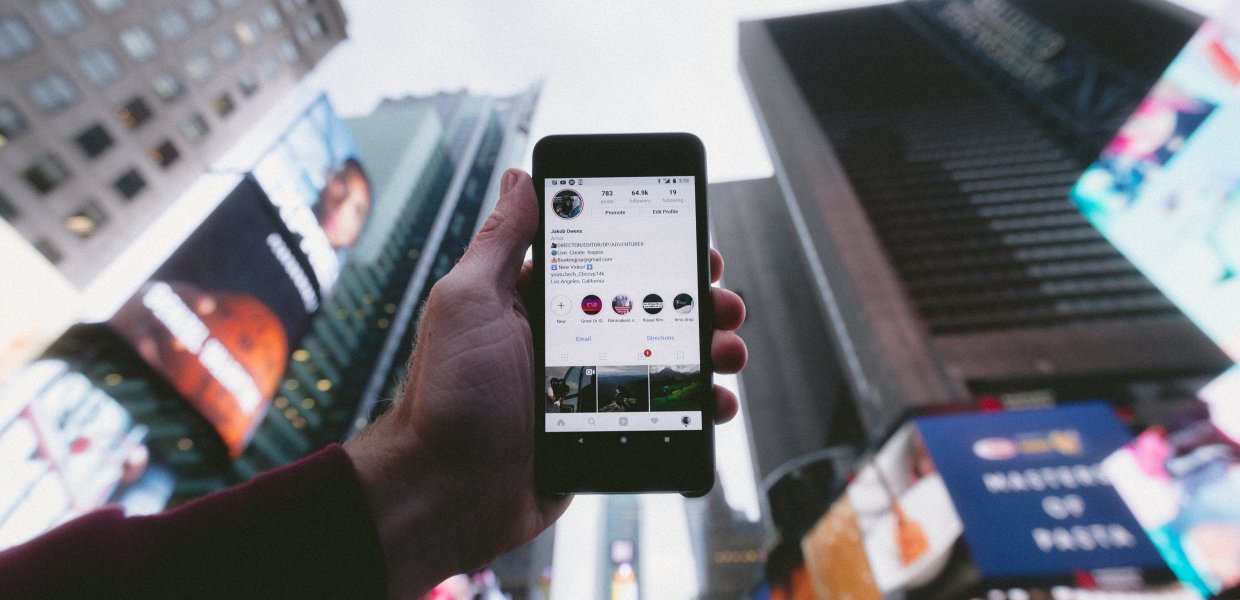Whether it’s placing Frank Sinatra on a Coca-Cola poster or Nike contracting Michael Jordan for shoe ads, marketers have been leveraging their audience’s affinity for influential stars for ages. The reason influencer marketing is currently being viewed with skepticism is because while the concept has been around forever, the game has completely changed. So before we write off influencer marketing as a fad, let’s consider the state of the current landscape.
Three Big Changes
- American youth 6-17-years-old consider social media stars to be their top role models, outranking musicians, athletes and actors.
- The world’s youngest self-made billionaire (Kylie Jenner) made her fortune selling $29 dollar makeup kits to her social media following of over 110 million.
- There are a combined 2.5 billion people, or 70% of the internet connected world, on Facebook ecosystems alone.
Celebrity No Longer Required
Since a teen from Ohio creating videos in their bedroom is just as likely to be an influencer as an Oscar winning actor, I’d suggest it doesn’t benefit us to delineate who is and who isn’t an influencer. Instead let’s ask: What is an Influencer?
An influencer in 2019 is anyone with a following, on any social media platform, that has the trust and admiration of their audience. It no longer matters if the influencer is conventionally famous, as long as they are in communication with a significant representation of the audience you are trying to reach.
Does It Really Work?
While there are many variables that can impact the performance of an influencer marketing campaign, the short answer is yes. A recent Nielsen Catalina Solutions study found that influencer marketing delivers 11 times ROI over all other forms of digital media. Last year, influencers drove over $1 billion in sales through the RewardStyle referral network. Influencers have become so effective at driving results through social media, many have begun creating their own brands. In less than three years, Kylie Jenner leveraged her social media following to build Kylie Cosmetics, which Forbes values at $800 million.
More Massive than Massive
Because today's influencers live on social media, understanding the scale of these platforms is essential.
- 70% of the internet-connected world engages with Facebook.
- Instagram Stories now commands over 400 million daily users.
- People watch over 1 billion hours of video on YouTube every day.
‘Massive’ no longer feels adequate enough to describe the reach and impact possible on social platforms. Social media is quite literally reshaping our lives and the way we interact with people, products and companies while driving unprecedented revenue and reinvigorating entire product categories. Participating in this ecosystem has become mandatory and the most effective method is through the use of influencers.
Moving Forward
Now that you have a grasp of the opportunity, here is a three-step plan for incorporating influencers into your communications efforts:
- Identify influencers of all sizes that align with the values and interests of your brand.
- Commission several of those influencers to share your message in their own voice.
- Track their effectiveness and double down on the influencers with the highest performance.
For PR professionals, influencer marketing is the “new” media relations. While reach and reward may differ, building reciprocal relationships is still the key to success.
To download a full copy of the 2019 Relevance Report, click here.









